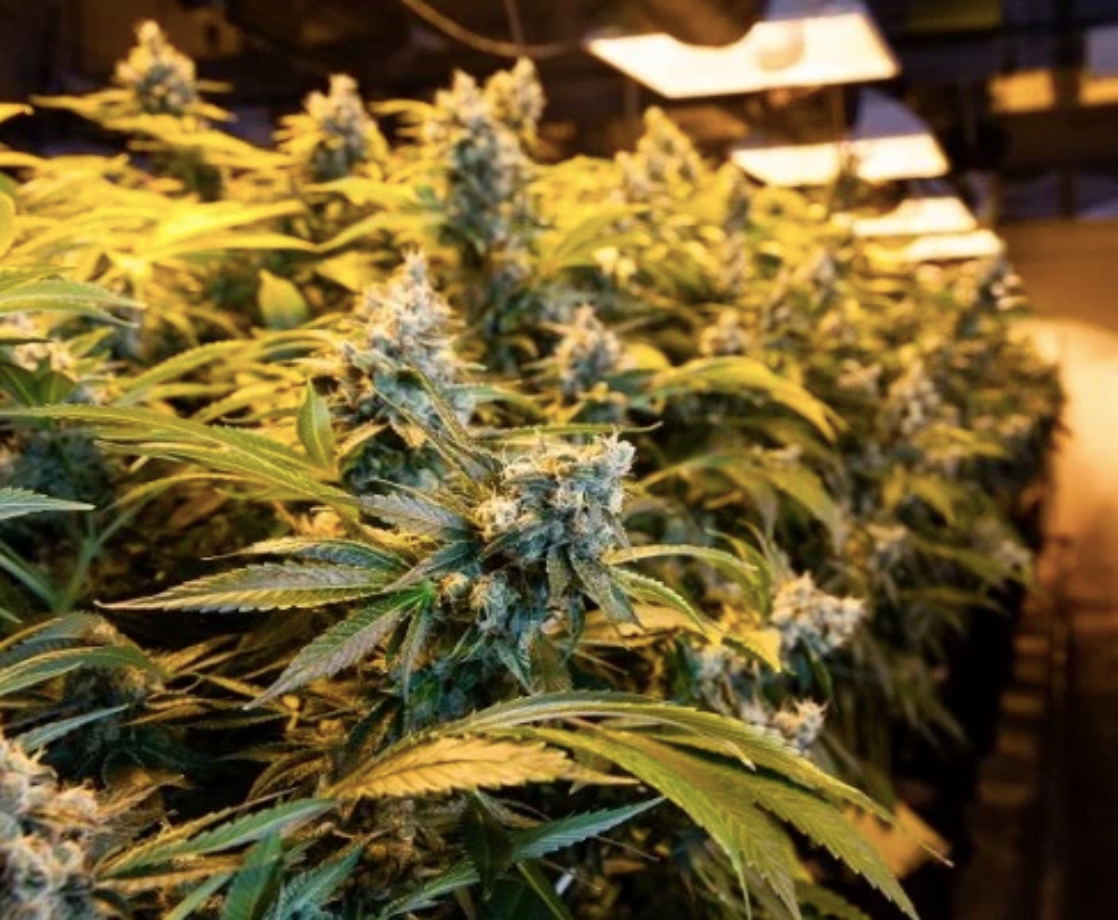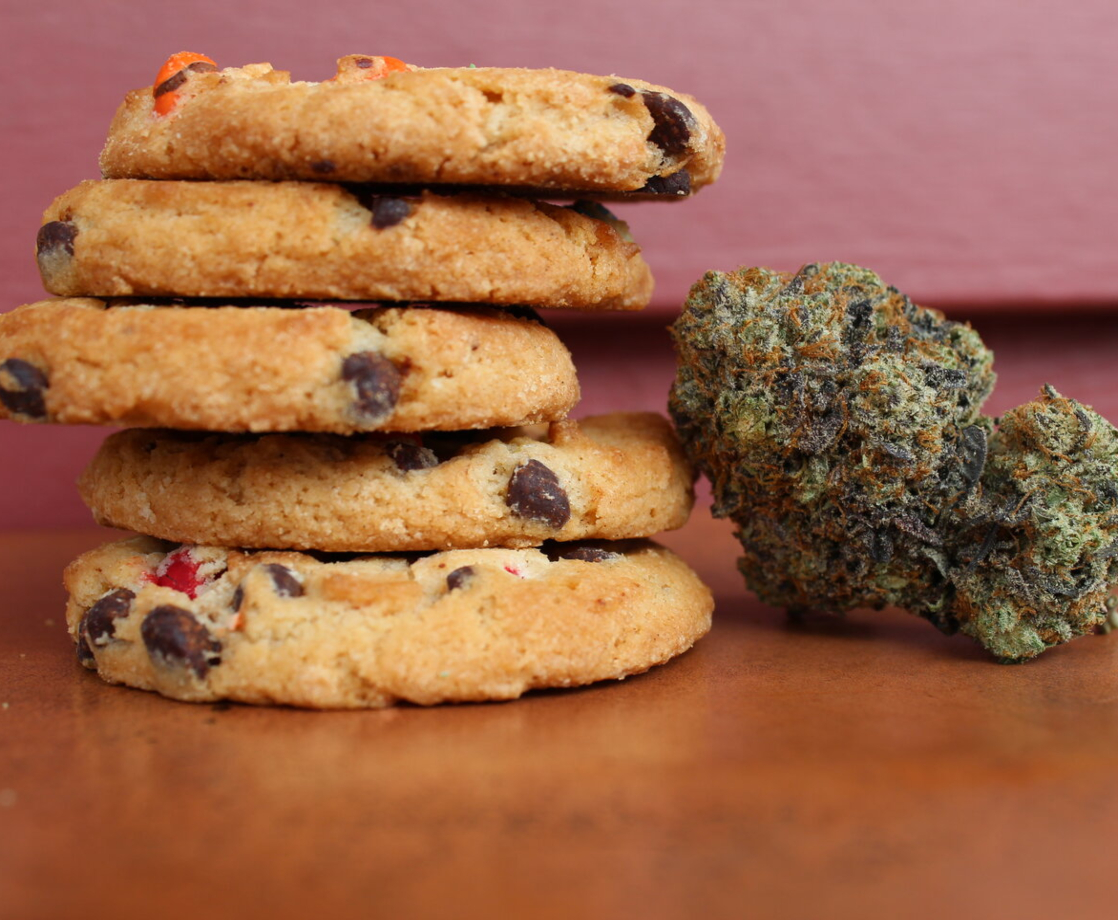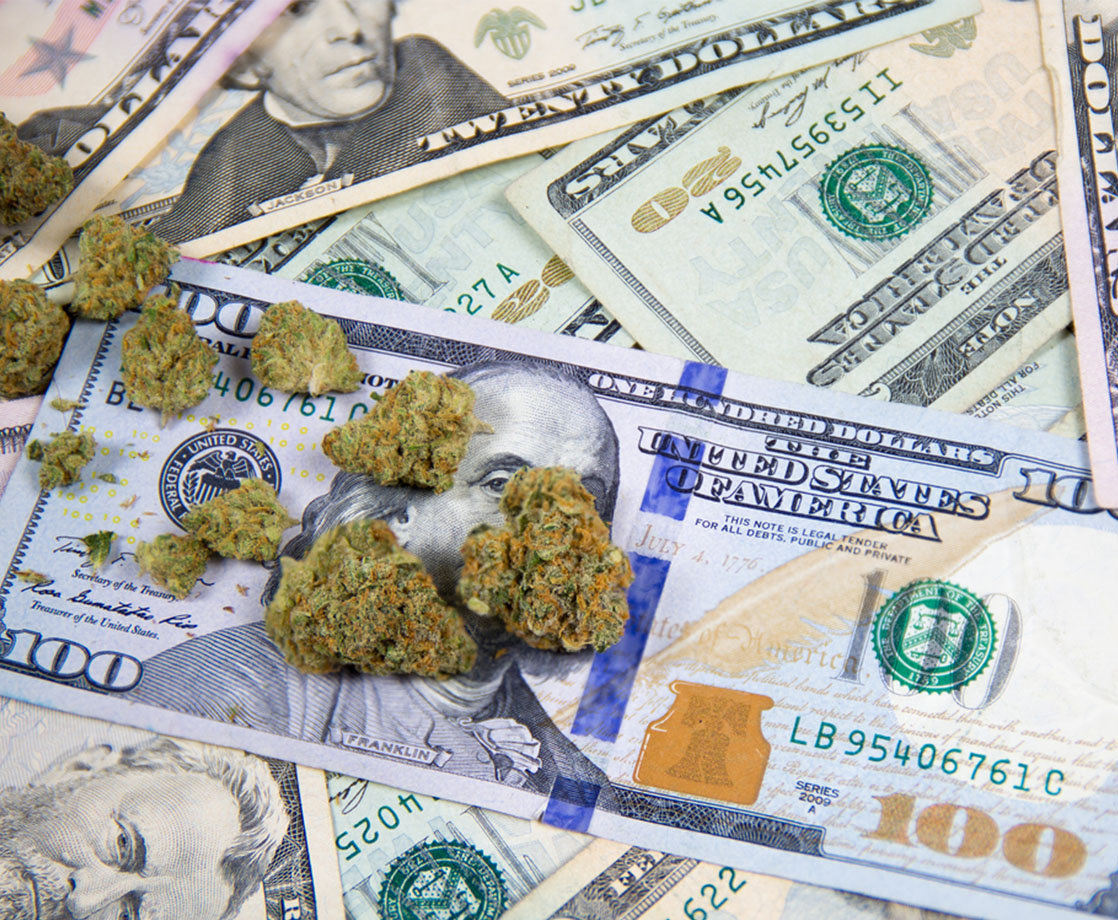Last October, Canada kicked off their experiment with adult-use legalization, creating the world’s largest legal cannabis market. This experiment has not been an immediate success, however. Severe supply shortages caused many of the country’s new pot shops to shut their doors days after opening, sending the majority of potential buyers back to the black market.
Canadian provinces are continuing to approve new licenses for cannabis producers and retailers, and as more companies open their doors, the supply chain continues to strengthen. Alberta recently ended its moratorium on approving new retail licenses, and Quebec’s government-run pot stores are now open seven days a week after months of limited operating hours.
Eventually, the adult-use market will hit a sweet spot where supply meets demand, but Colorado-based cannabis data firm BDS Analytics predicts that the scales will soon tip in the opposite direction, leaving retailers with more weed than they could possibly sell.
Tom Adams, BDS’ managing director and principal analyst, told the Canadian Press that “the point of balance [between supply and demand] will last about 10 seconds… and then we’ll be on to the competitive battle that consumers can look forward to, of course, because that means lower prices.”
Last week, Ottawa released new regulations covering vapes, edibles, topicals, and extracts — popular products which all remained prohibited during the first year of adult-use sales. These items are expected to appear in licensed pot shops by December, and the resulting demand is expected to push Canada’s cannabis market to new heights.
A recent BDS report is predicting that combined recreational and medical sales will hit US $5.2 billion by 2024, up significantly from the $570 million sold during 2018. Adams said that he expects that the glut of new weed products being brought to market will increase competition, causing prices to fall “for sure, by the first half of next year.”
“But it may well happen before edibles even kick in,” he added. “There’s plenty of capacity and plenty of financing for more capacity to be added, and that inevitably will lead to a moment of supply balance, then overabundance.”
Health Canada reports that as of March 31st, the country’s legal retailers had stockpiled 30,802 kilograms of finished cannabis products ready to sell, a healthy supply given that nationwide sales have been amounting to around 7,500 kg a month. However, there is also an additional 143,773 kg of unfinished inventory waiting to be processed, packaged, or labeled — enough to supply the current demand for weed for nearly two years.
BMO Capital Markets analysts Tamy Chen and Peter Sklar said that not all of this unfinished inventory is actually salable, however. The analysts explained that some of these products could have lower potency, smaller bud size, or otherwise be considered “not competitive” for sale. “We believe this is due to the learning curve associated with growing cannabis at scale as the first few harvests in a new grow area could produce lower yields and quality than anticipated,” they wrote to their clients, according to the Canadian Press.











